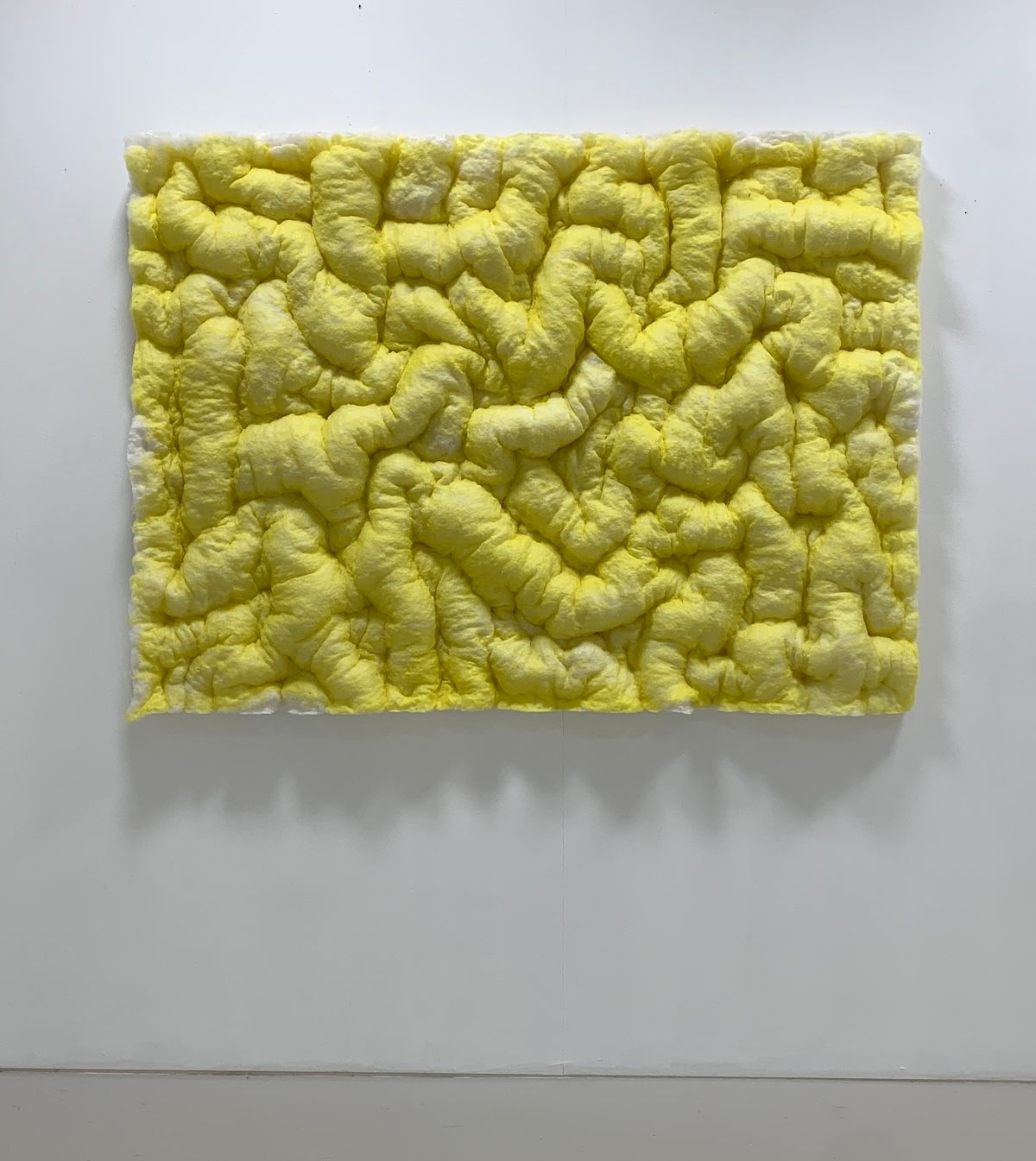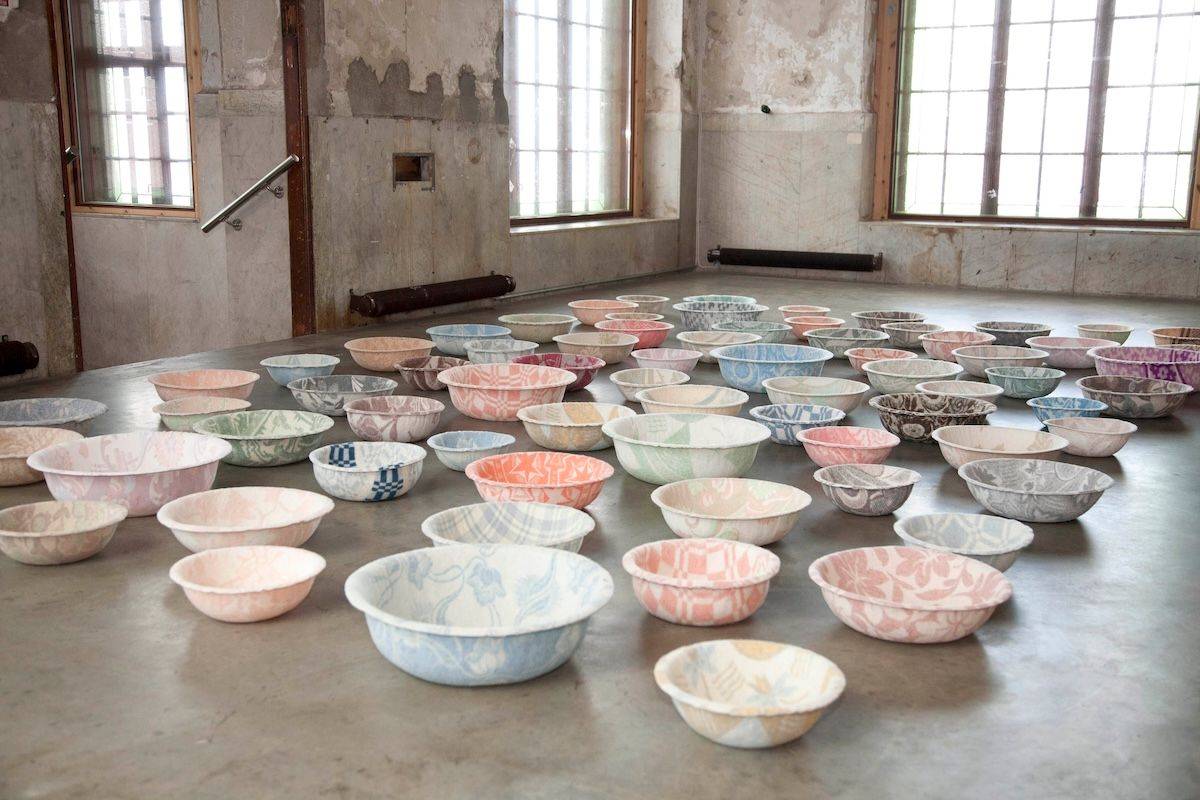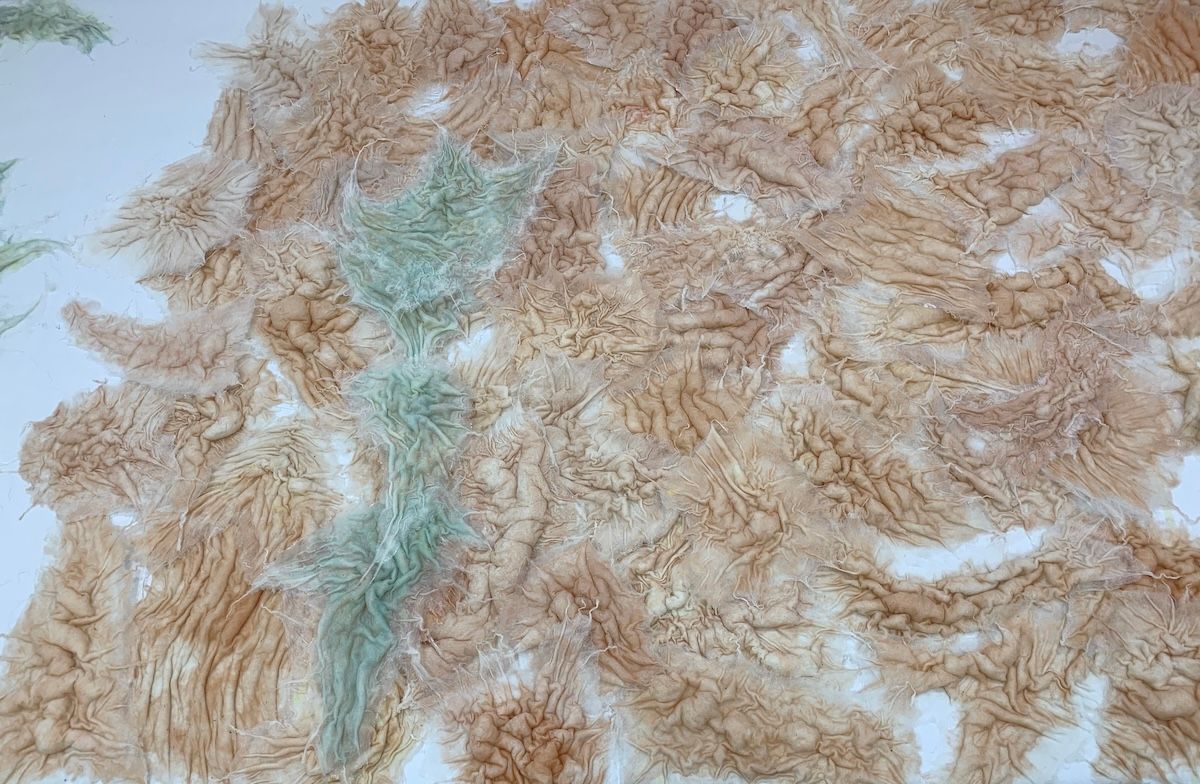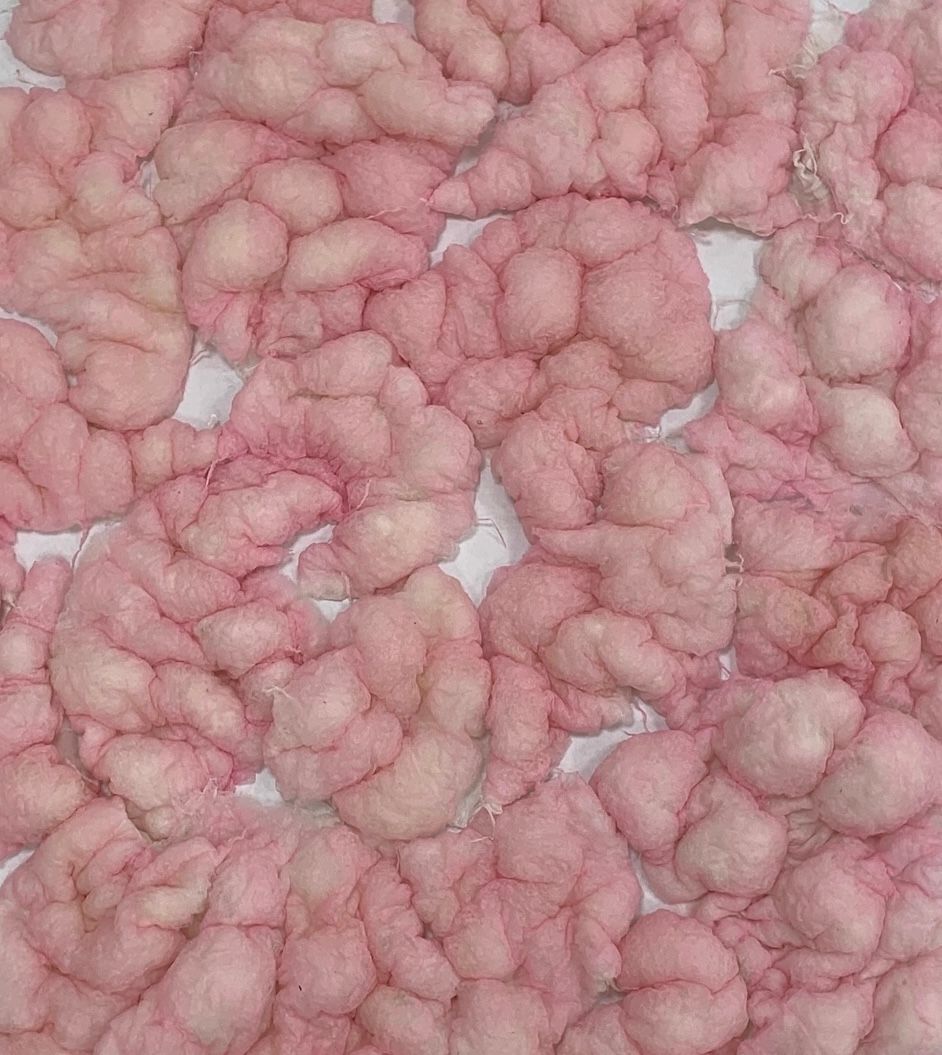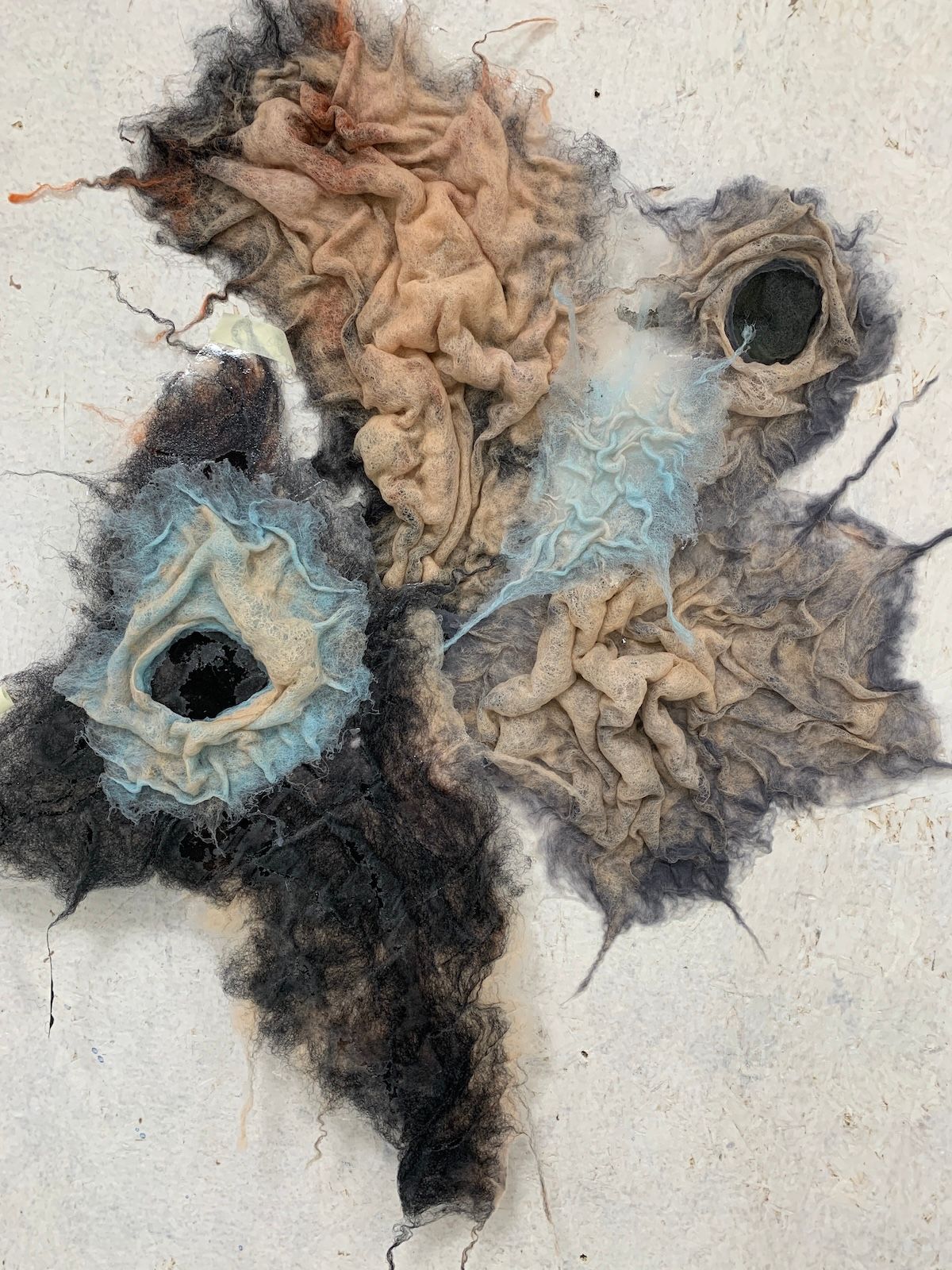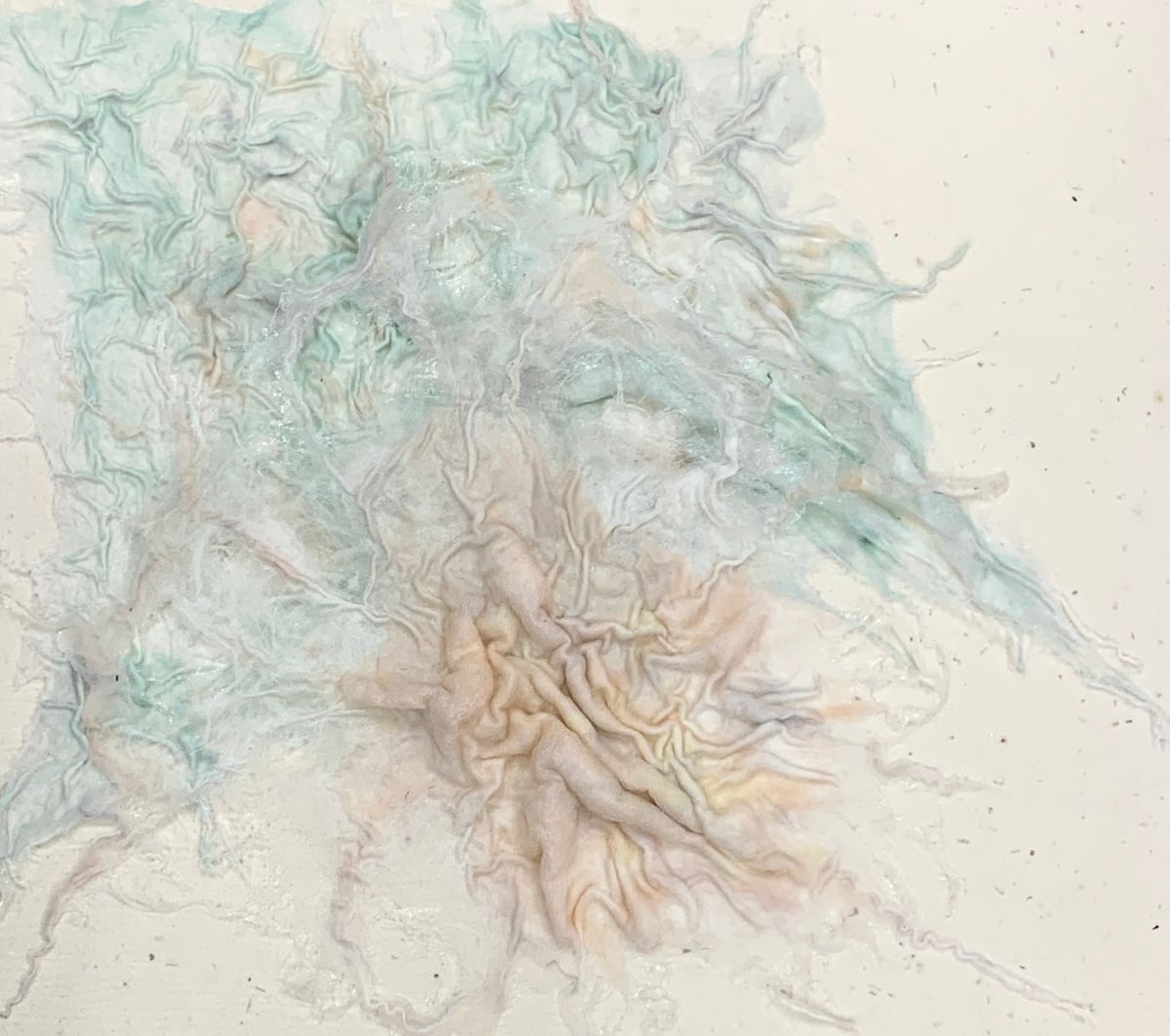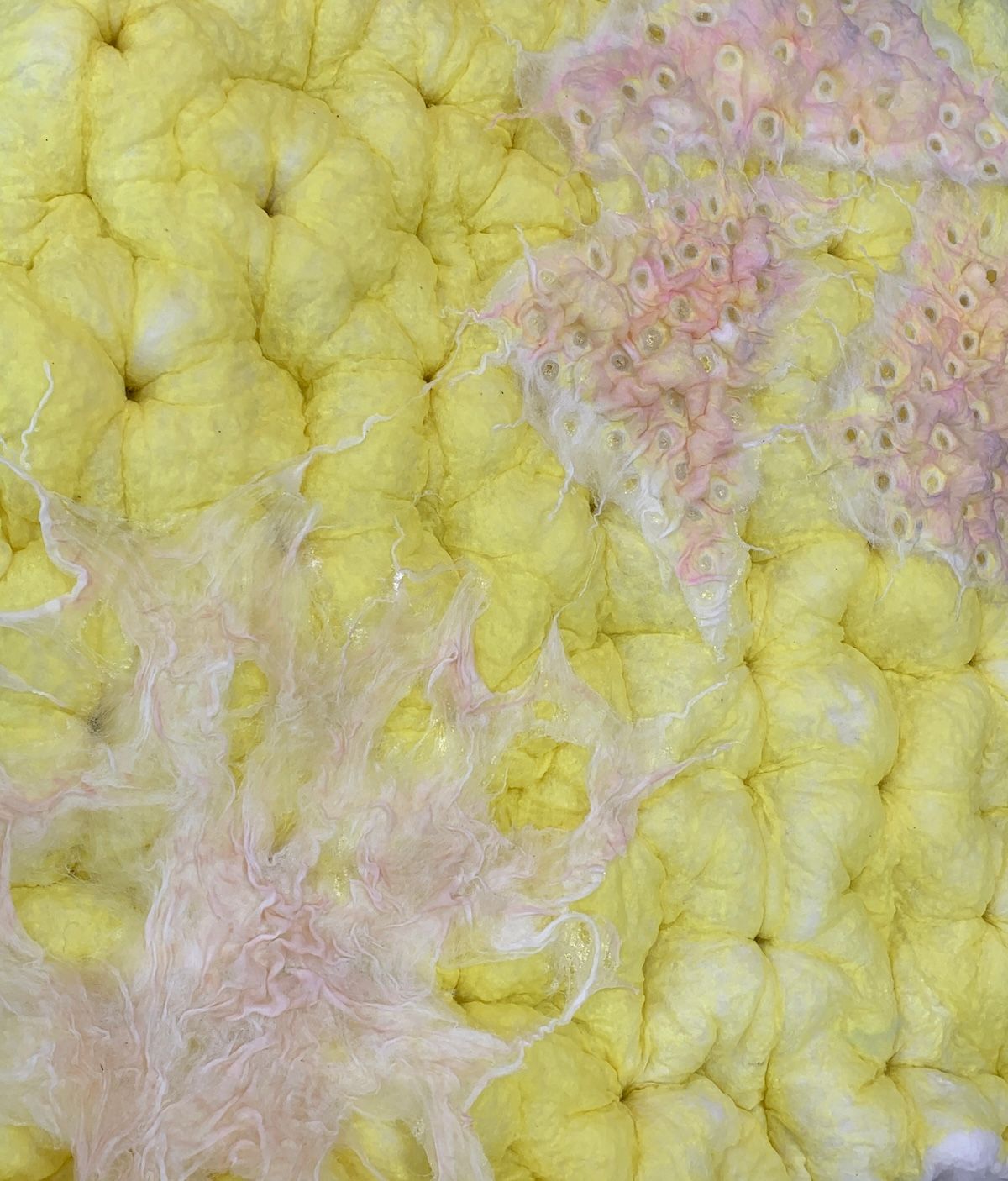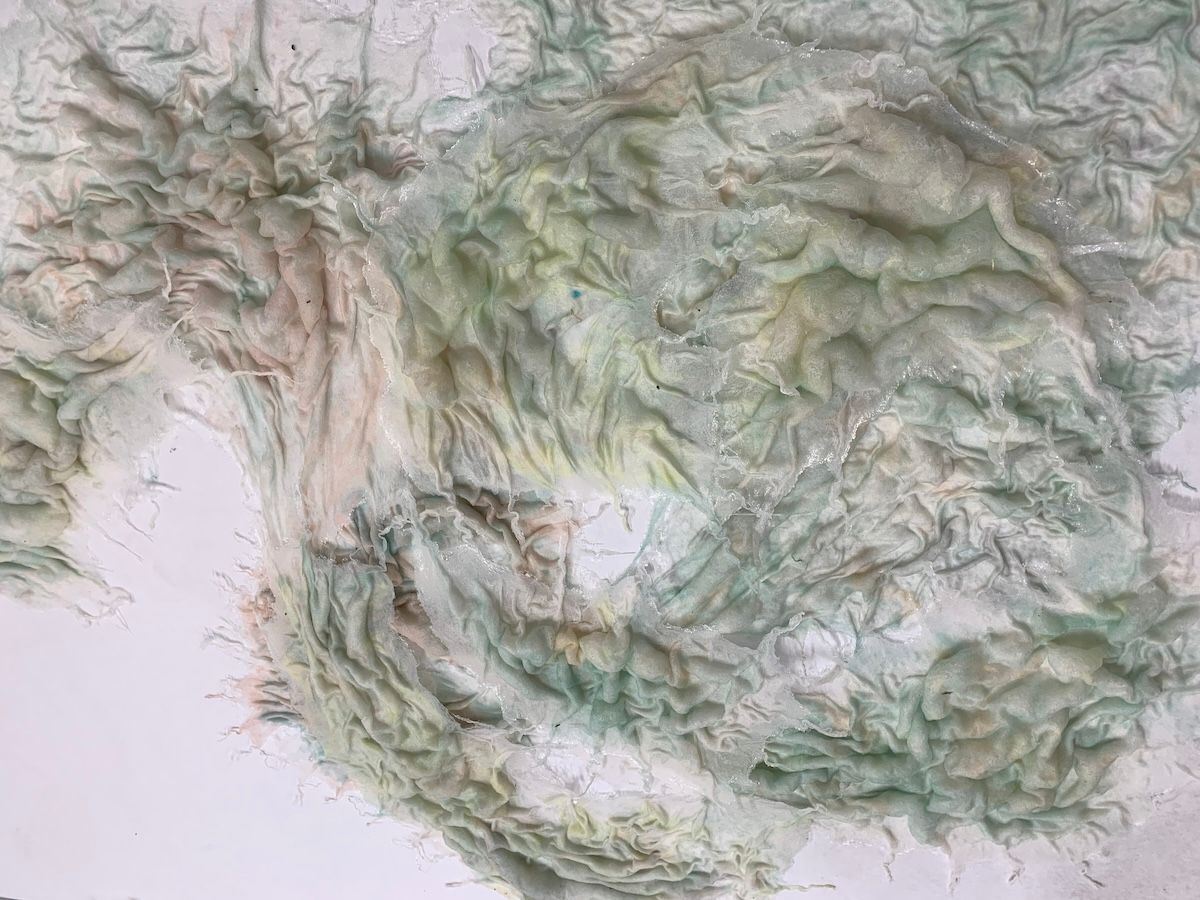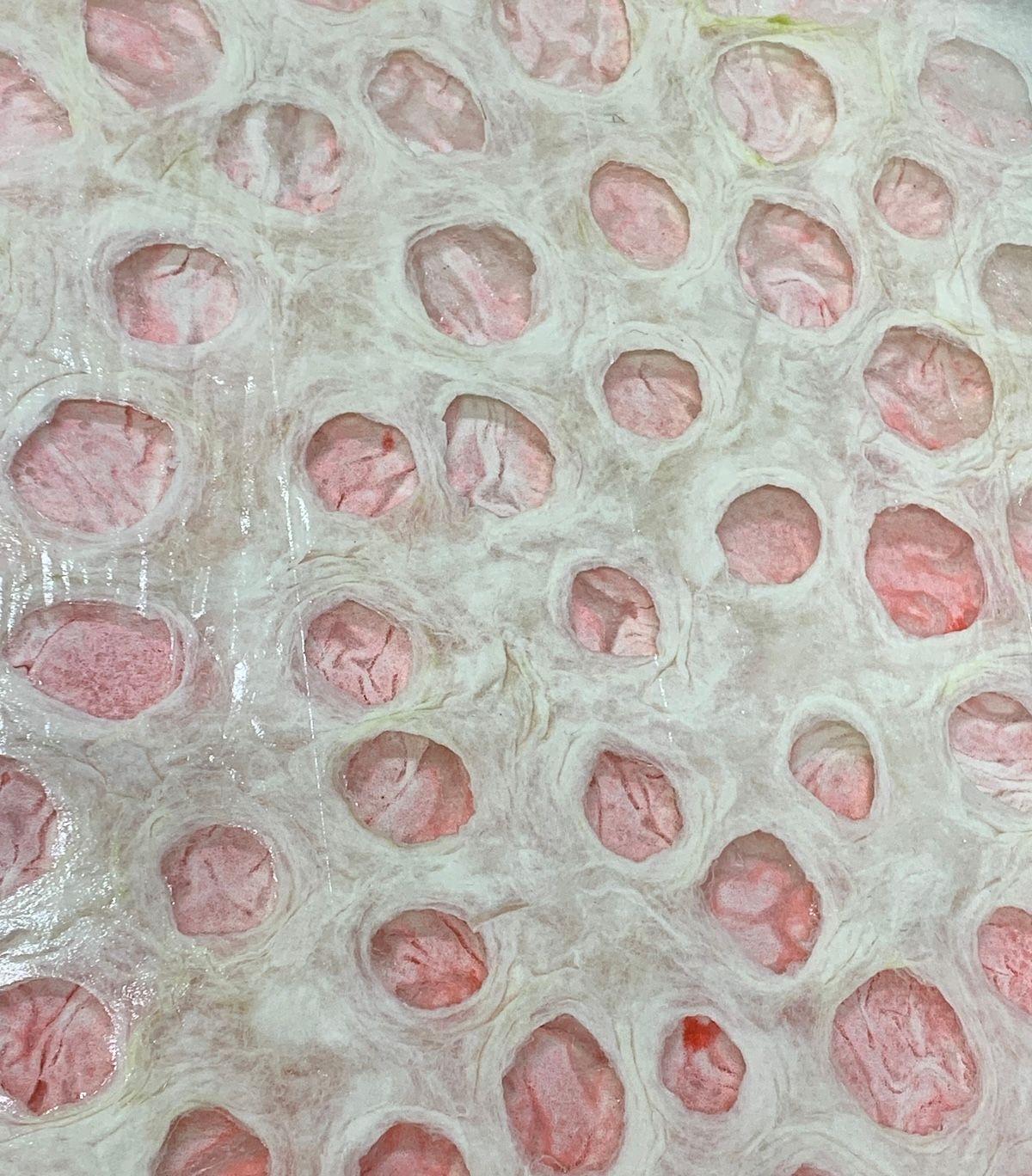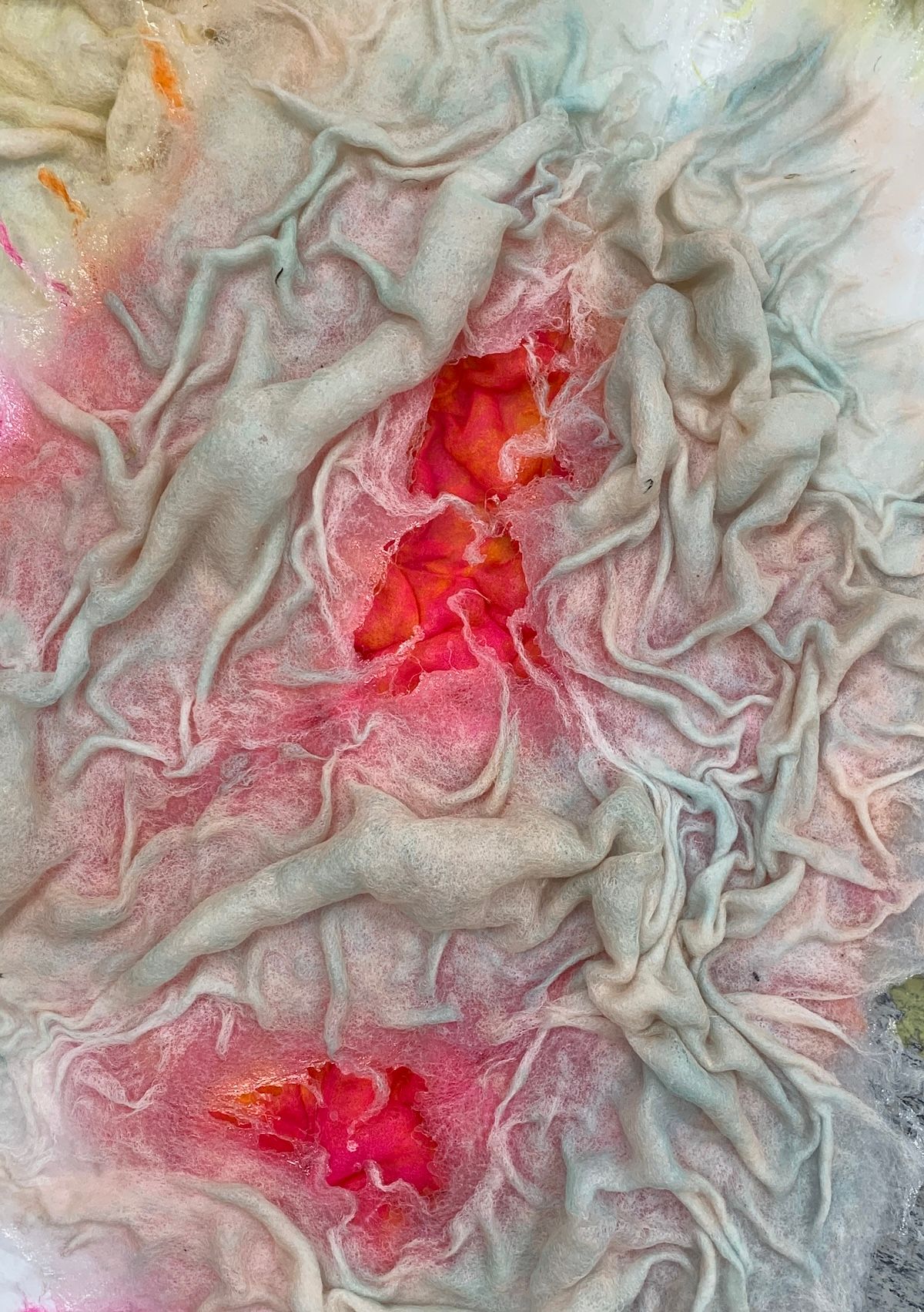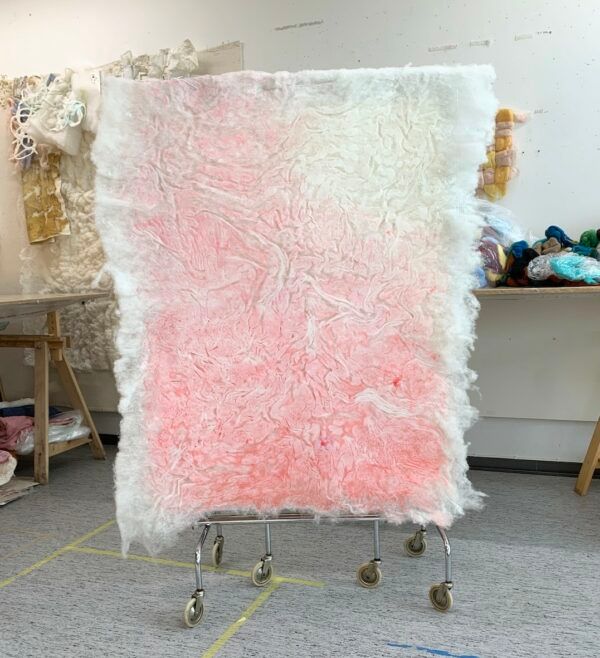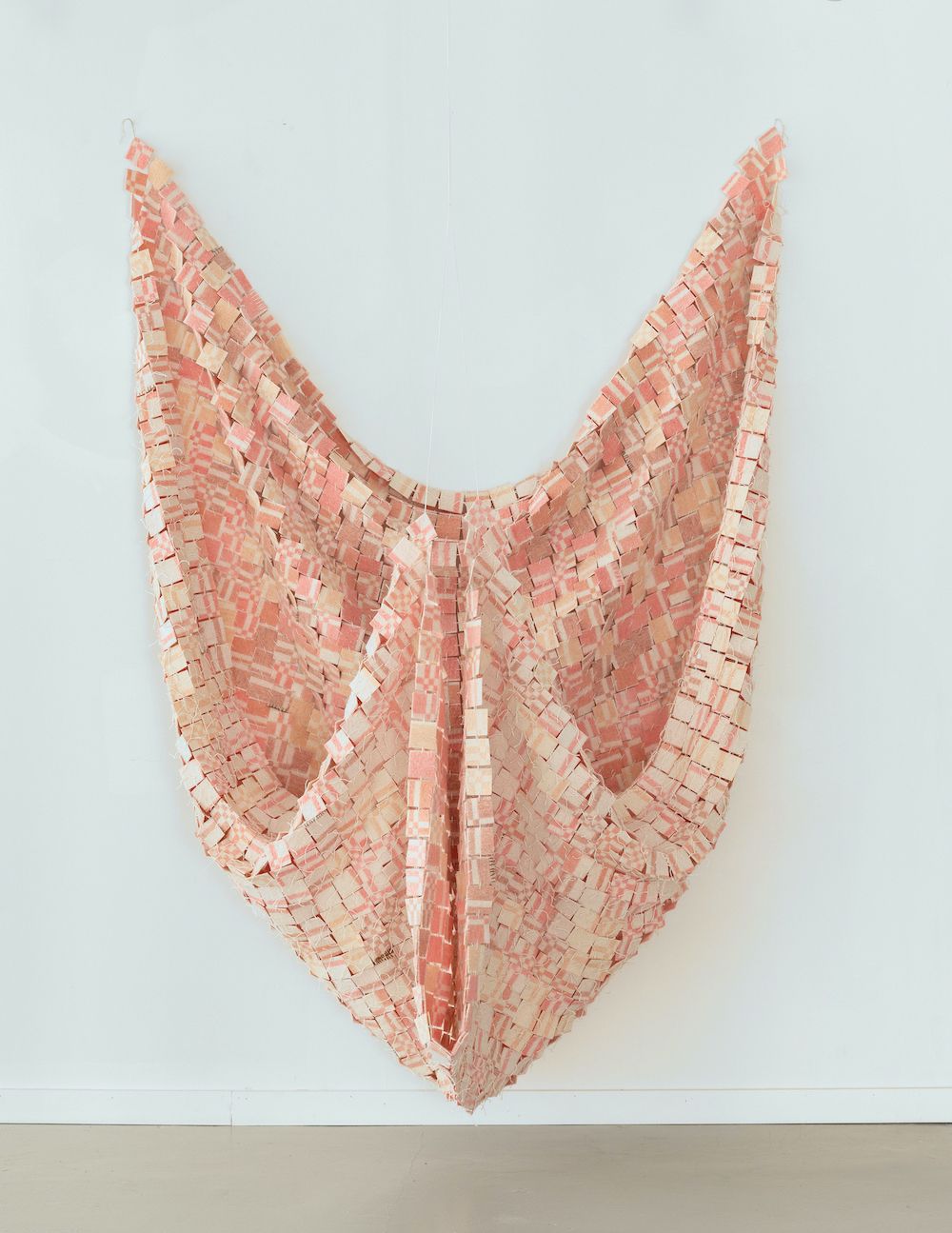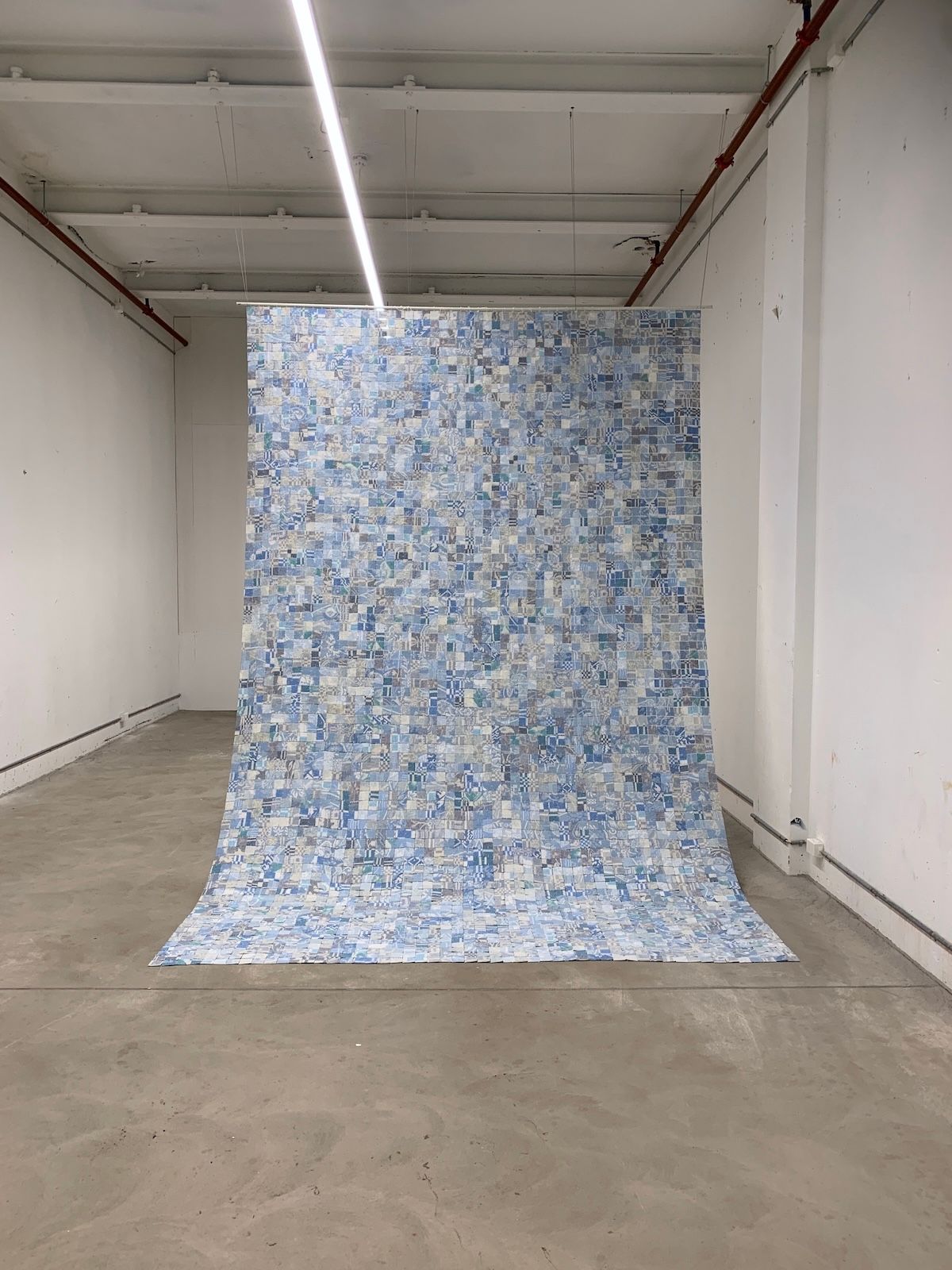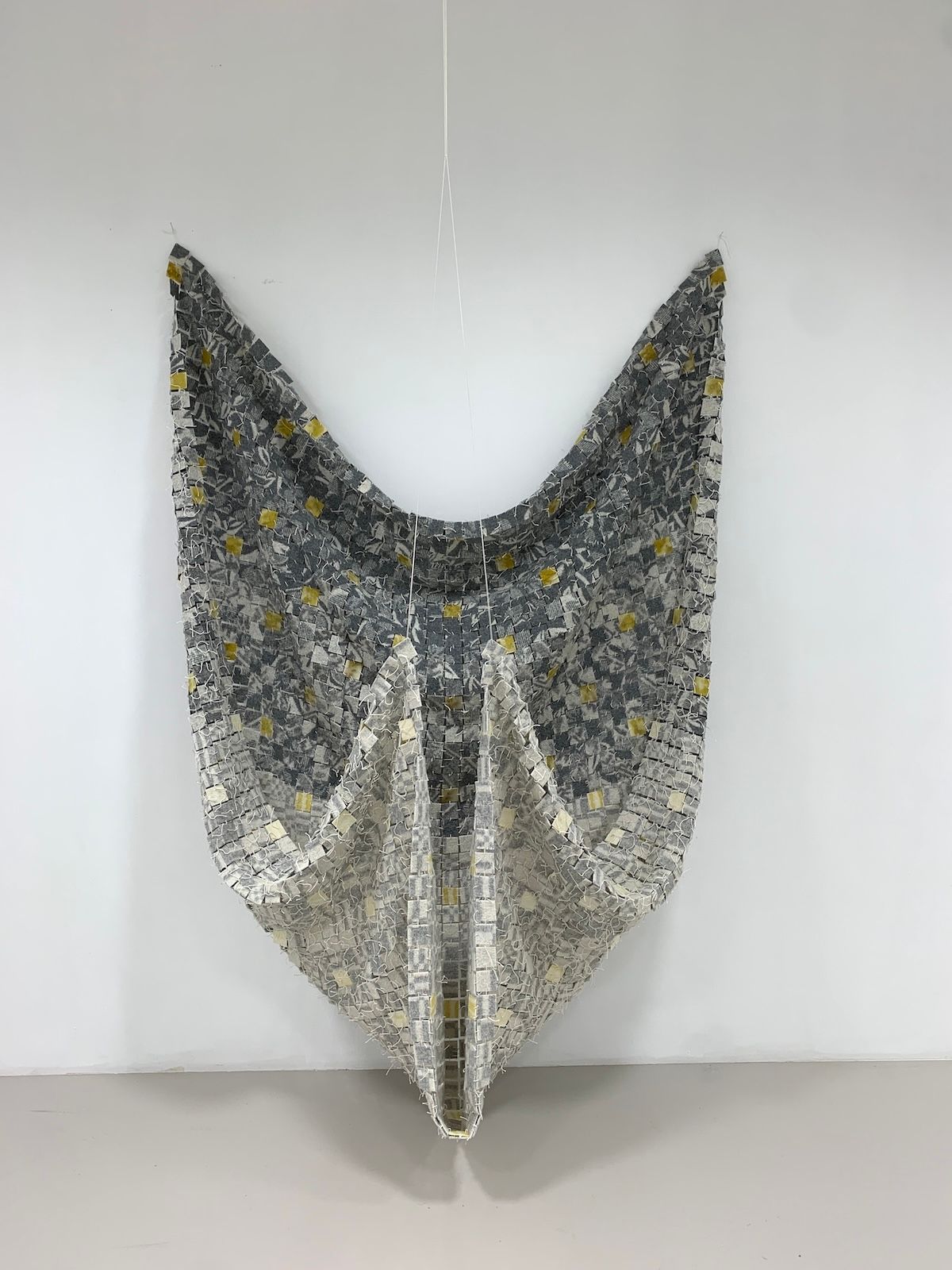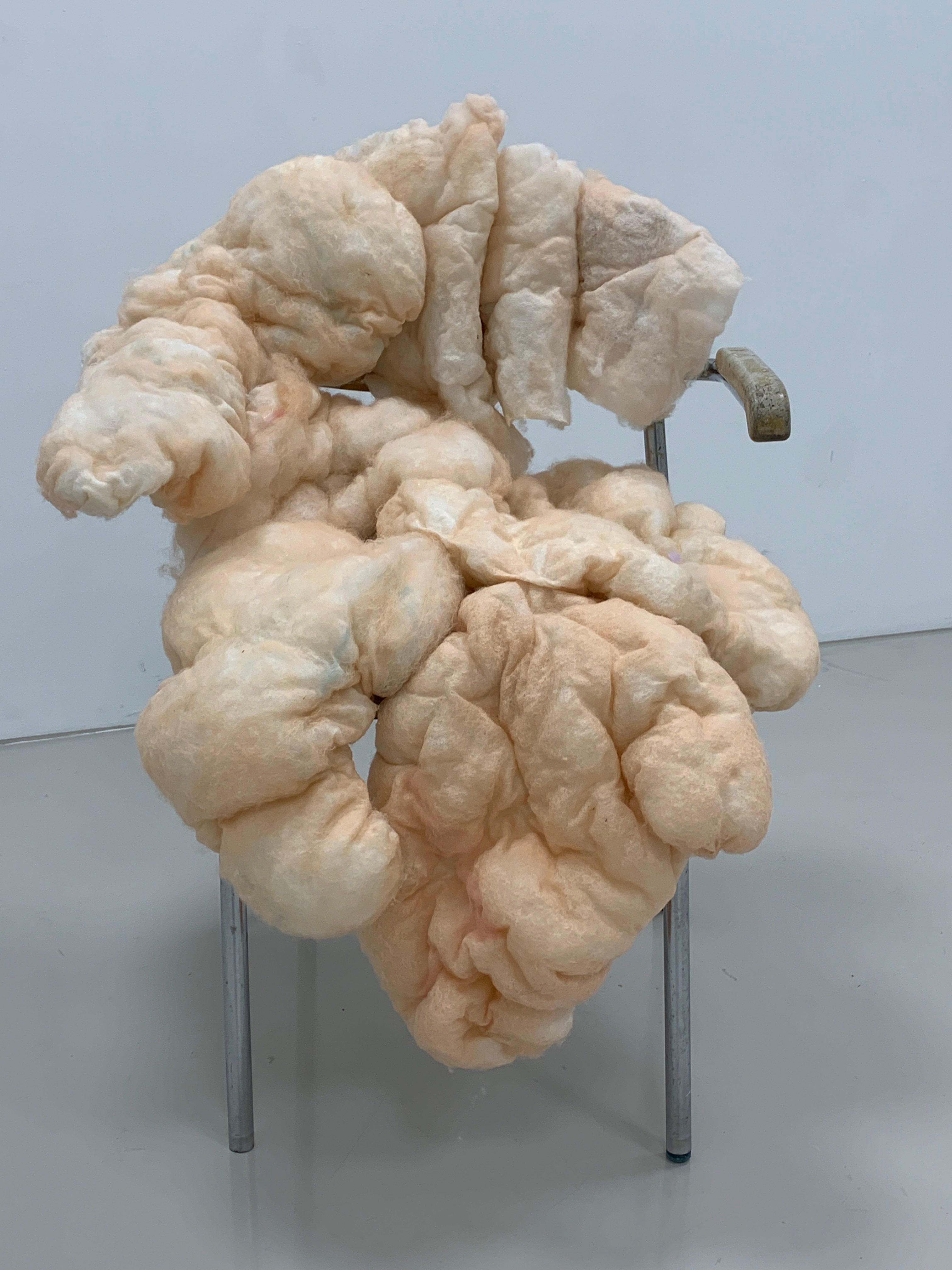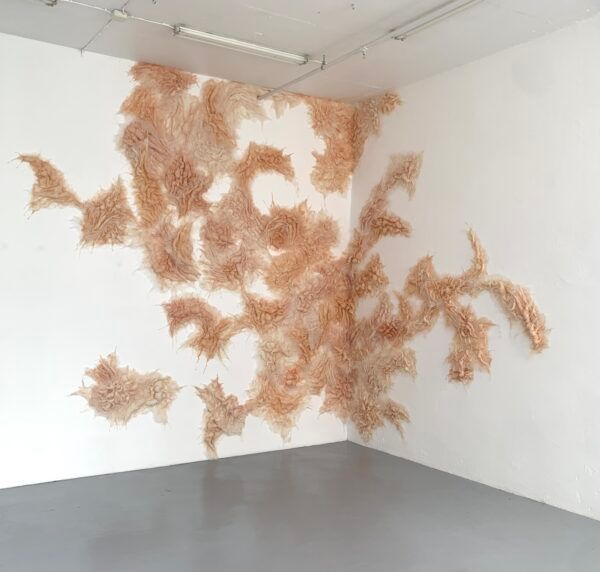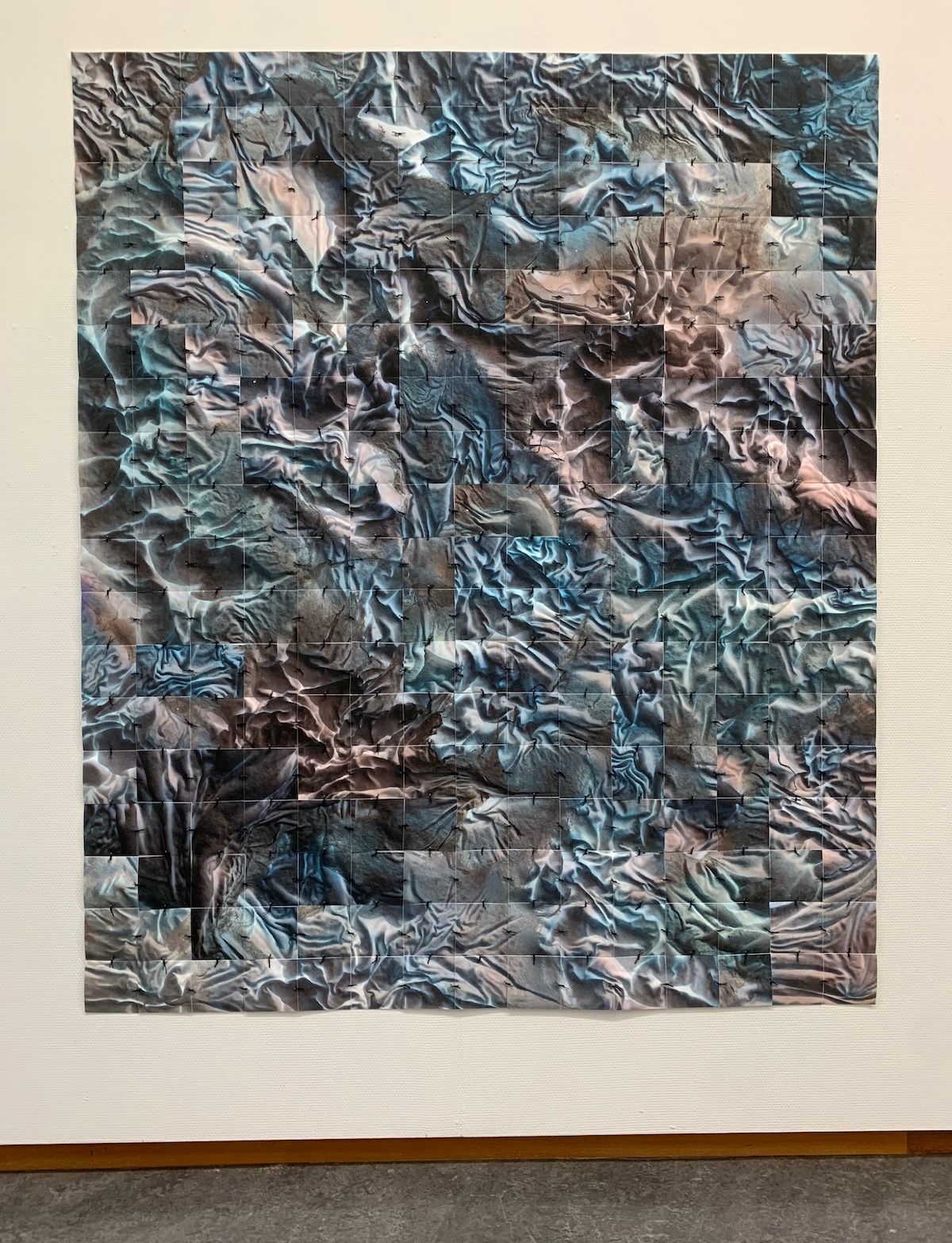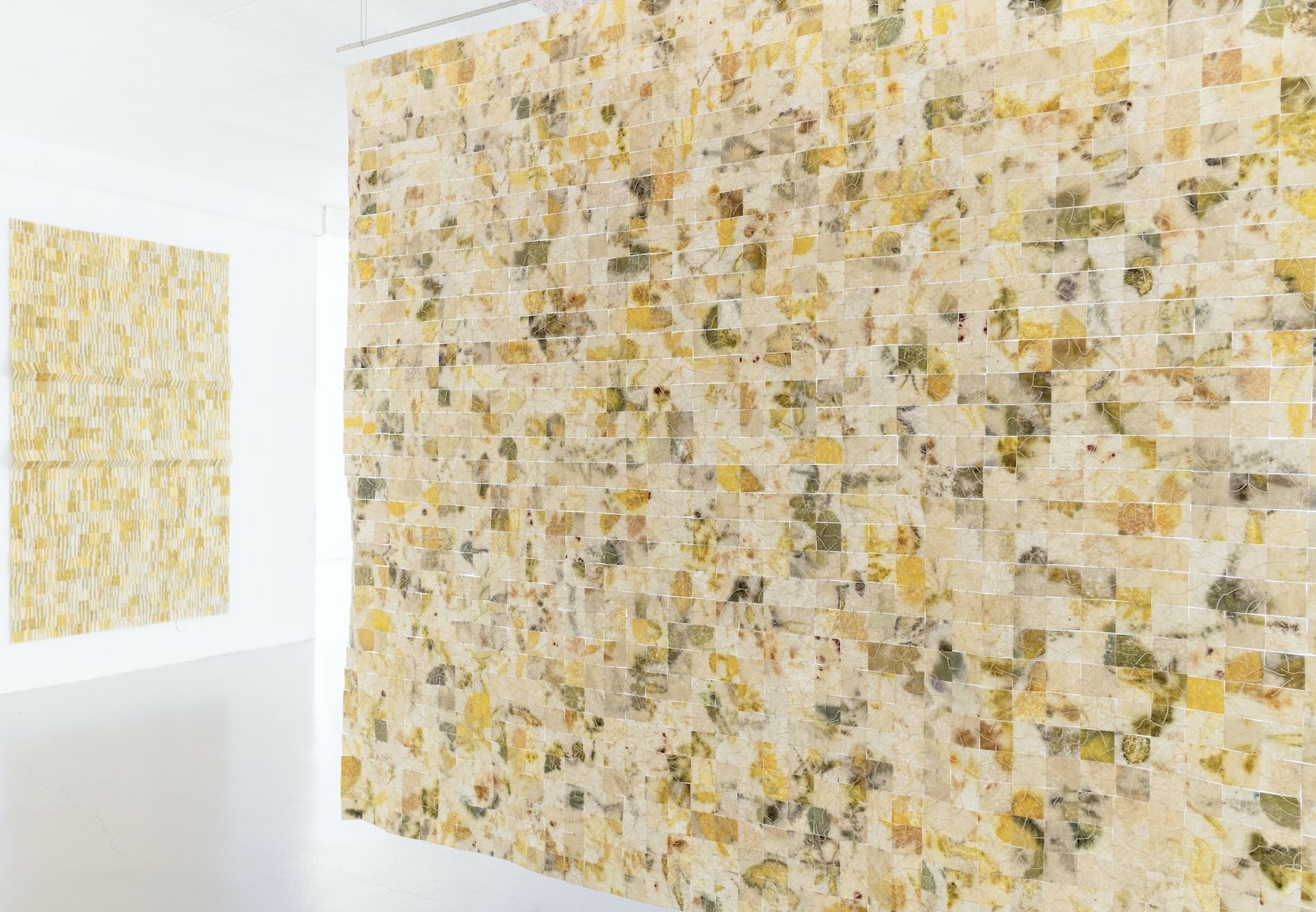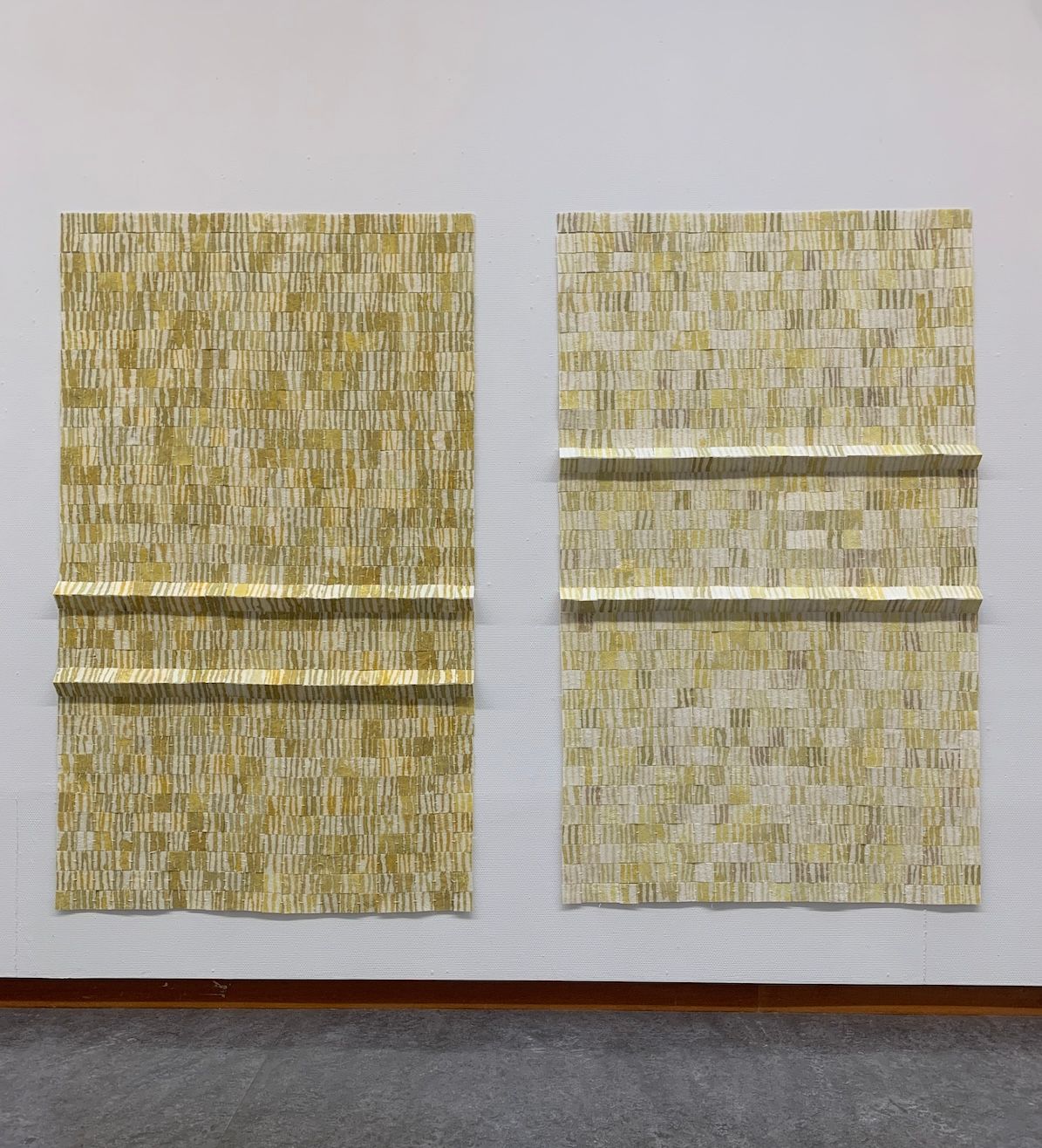A series of circumstances, some from childhood and the fact that I chose textile studies at Agder Folkehøgskole, set me on my path, where I have continued to this day.
After graduating from high school, the expected path was to go to university: math, science, or something similar. I definitely had the grades to pursue this, but partly in protest to these expectations I decided to take an entirely different route. Pursuing art was maybe not the obvious choice, but I was looking for ways to follow my own sense of curiosity. Growing up I was told the stories of my grandmother who made filttøfler (wool slippers). My other grandmother always sewed our clothes. She was educated as a skredder (tailor), though it never became her profession. And my mother was constantly knitting. Through my childhood and teenage years I was doing textile projects that could be described as ‘unconventional’. So, having a need to explore and express myself, but without any specific artistic talent, textiles became an obvious choice.
Once I was studying and working daily with textiles, I realized more and more that there was literally no end to the possibilities that textiles offer. My formal education was all about weaving, but now I use weaving’s super logical principles in many different ways. I build with textiles, and weaving is in its own way a process of building. There are countless ways to manipulate fiber, and the curiosity of my earliest years continues to drive me to this day. The fact of the matter is that the possibilities of working with textiles, the research of working with fibers, is never ending.




